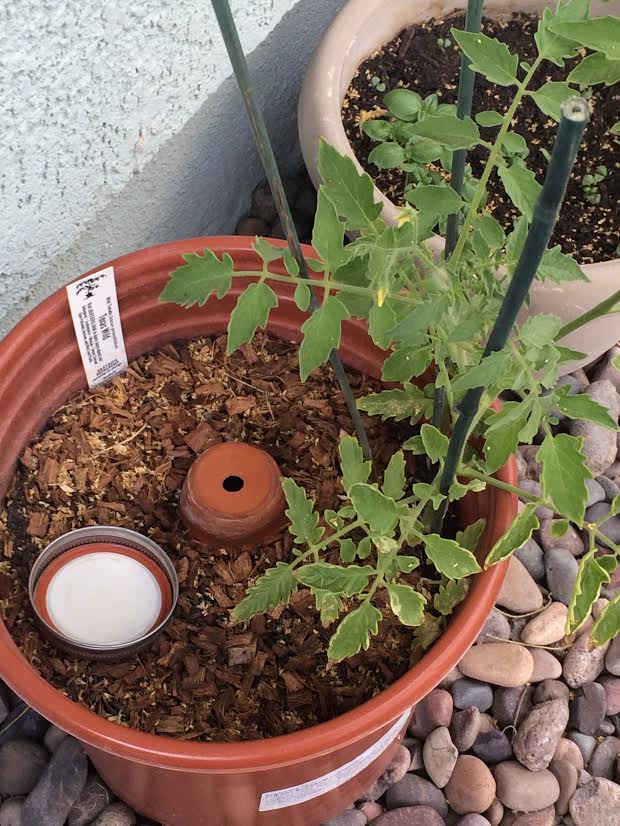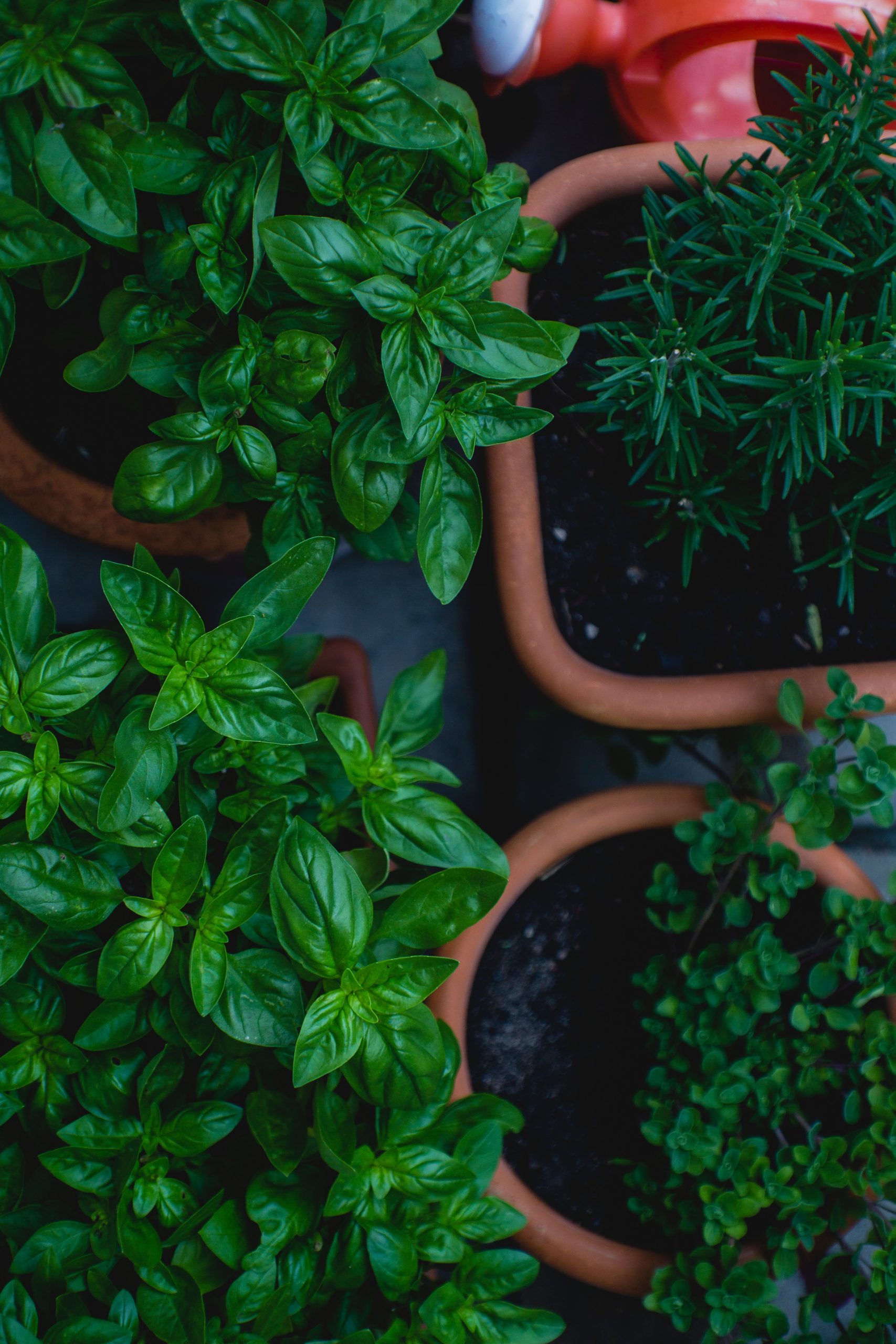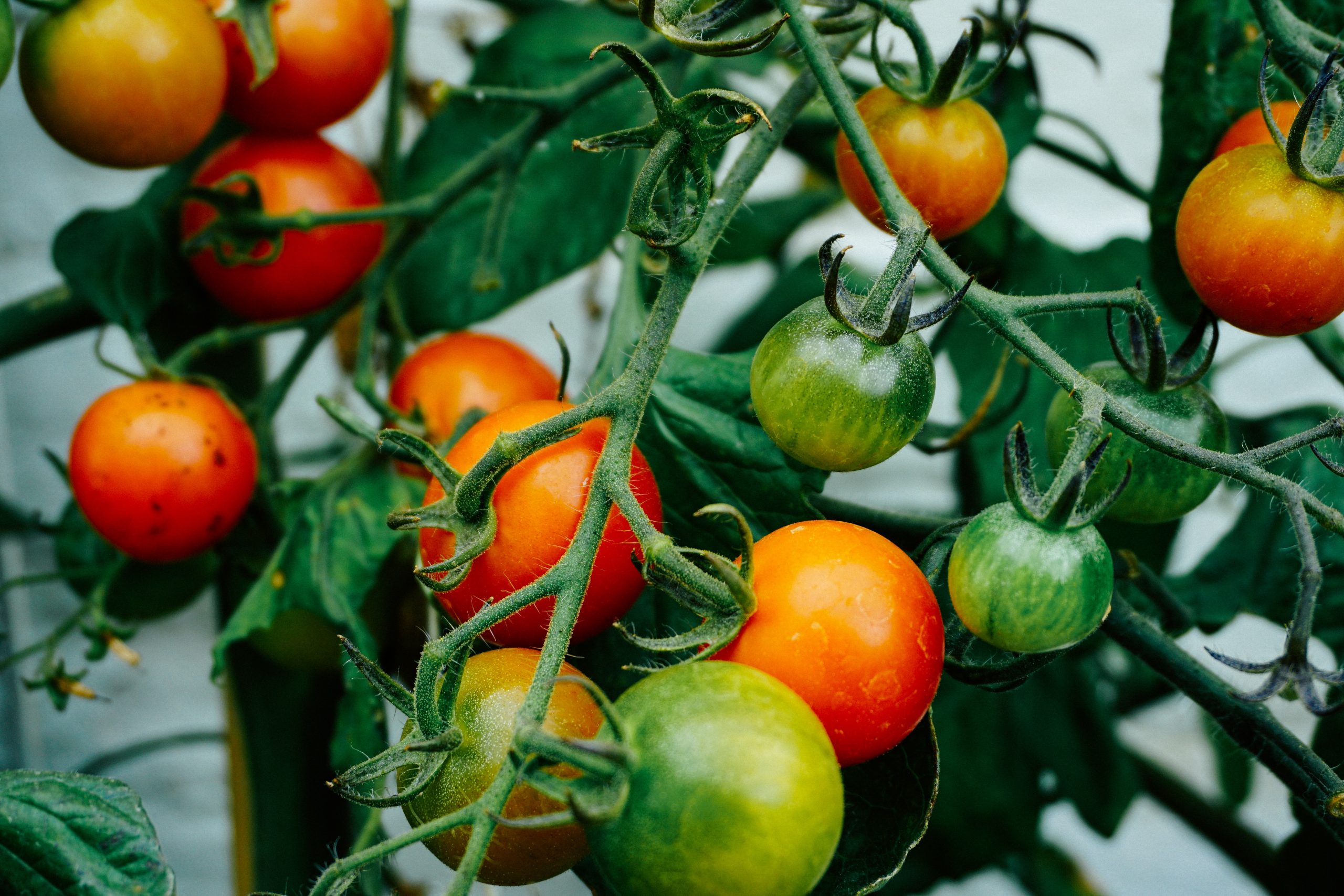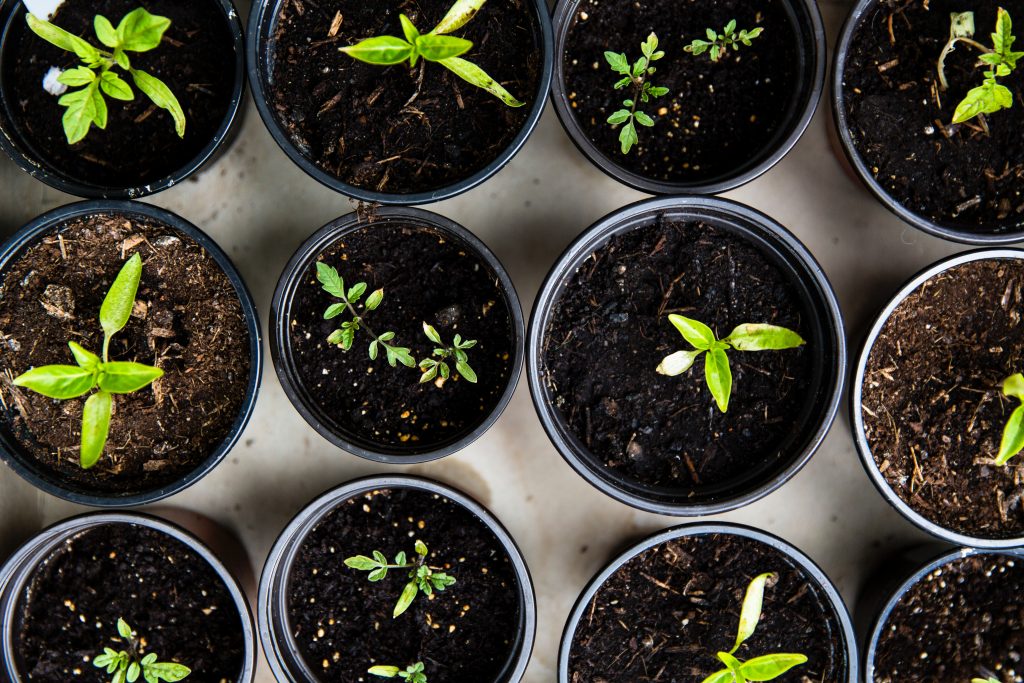When most people think of gardening, they think of large in-ground plots or raised beds. From my experience, this picture tends to intimidate many people. Particularly those who are on a limited income, have limited space and time, live in a space where HOAs or landlords do not allow any renovations or changes, or are new to gardening and not quite ready to take the plunge into a large garden space. One of the most common reactions to gardening I receive when people come into the Native Seeds/SEARCH retail store is that they would love to do more if they were able to, but one of these reasons mentioned above keeps them from doing so. I tell these folks and whoever reading this blog post that every garden (large, small, container, or in-ground) makes a difference when it comes to the larger goal of food sovereignty and promoting local food. While this perception of large garden plots or raised beds tends to be the norm, it is not the norm. The Pima County Public Library Seed Library conducted a survey of the users of their seed library program and it turns out, a majority of those users plant in containers, whether it be old cattle troughs, buckets, or windowsill planters. This is my reality. I have a small back area full of mismatched buckets that I saved from former plants I purchased to old, food safe buckets that markets tend to throw out once the food has been used. These can range from 2-gallon icing buckets from bakeries to 5-gallon pickle buckets from delis around town. The only changes needed to be made to these buckets would be to drill holes for drainage. The options are endless when it comes to creating a garden.
With ollas, soil and roots do not go through extreme drying and wetting cycles which is particularly beneficial to prevent bitter tasting greens, a challenge with gardening in arid regions. The consistent water also prevents cracks from developing in tomatoes or melons which form if plants receive abundant and then scarce water. Additionally, with ollas, the soil surface remains relatively dry in gardens which can prevent the growth of weeds and also helps minimize some unwanted insect populations.
TIPS FOR CONTAINER GARDENING
Drainage
Plants in containers with poor drainage tend to get waterlogged while those with too much drainage tend to need more watering. Make sure containers have holes for bottom drainage. Top mulch is a great way to control water access. As the soil drys, water that has soaked into the mulch will then be released. I use CocoChip as top mulch. It is available at the Native Seeds/SEARCH retail store. It is an excellent medium to hold moisture and is made out of coconut husks, a more sustainable product than peat moss.
Container Size
Consider the size of your container, plant roots, and mature plant size in figuring out what will do well in your given space and how many seeds to plant. Some plants need deeper root space, while others may need shallower root space but more room to climb or sprawl. Example: Pepper and tomatoes usually need a container that is at least 5 gallons or larger per plant, while melons and squash will also need a size of at least 5 gallons per plant for roots but you should also consider container placement as they will need space for the plant to sprawl or grow up a trellis. The bigger the better in these cases. Small containers can be used for herbs, radishes, lettuce, swiss chard, spinach, and flowers.

Watering
Containers will require more regular watering than in-ground gardens. Keep an eye on your plants once a day. During the drier months, giving plants water once a day is my norm. Stick your index finger into the soil. If it is dry, give a drink. If it is still wet, skip it for the day. Make sure you are watering deeply and keep an eye on water draining out the bottom. There are ways to save on water as well as your time. For example, ollas reduce evapotranspiration of moisture in the soil as well as allow for a constant water flow that goes directly to the plant’s roots. Ollas are a great solution for watering tomatoes and peppers.
Soil
Local soil is best. I use Tanks Green Stuff (available at the Native Seeds/SEARCH retail store). The soil is alive and plants not only need nutrients but microorganisms that help to cycle nutrients and make them available for plants to absorb. Local soil means that the microorganisms within it are better adapted to our environment of little water and high heat. Soil and other amendments from big box stores may not have the microorganisms that will thrive in your local climate. Container soil will need to be replenished with compost before each planting. If you notice that your containers seem to be losing soil what is likely happening is that they are losing nutrients and organic matter as plants grow. The organic matter in the soil is converted into the plant leaves, fruits, etc., thereby reducing the amount of volume in the container.
Start Small
Don’t feel like you have to plant everything at the same time. Sometimes too many pots can be overwhelming. Most plants give you a range of a couple of months for when you can start them from seed, so take your time. Don’t feel like you have to get everything in pots at once. Also, know that you will be more restricted in the number of seeds than if you had a larger in-ground or raised bed garden. Abide by plant spacing instructions on seed packets to ensure they have enough space to grow. As an example, a 12-inch diameter container should be planted with just a single cabbage or tomato plant and 4-6 bean seeds.

Move Around
One of the biggest benefits of container gardening is that you can move around the containers. As your sunlight changes throughout the year, you can move the containers for ideal placement. In the summer season, move containers to areas that will receive morning sunlight and filtered light or shade in the late afternoon when the rays will be most intense. In the winter, keep containers in a location that receives the most sunlight throughout the entire day. If you cannot move your containers or are limited to a less than ideal location like an apartment balcony, don’t worry; you can also rig up some shade cloth or accept that plants may grow a little slower if there isn’t a lot of sunlight.
Have fun!
Container gardening is an ongoing adventure, especially when planting in the Southwest. Take every failure as a learning experience and every success as a celebration.
SEED SOURCES
The next question of affordability that comes to mind is where to source seeds. At Native Seeds/SEARCH, we have compiled a collection of container-garden-appropriate seeds. Additionally, one of the most affordable ways to get seeds is from your local seed libraries. In Pima County, two of the most notable are the seed library located at the Native Seeds/SEARCH retail store and the Seed Library that is a part of the Pima County Library system. Stop in the store to check seeds out at the NS/S seed library.
For the Pima County Seed Library, all you need is a library card, and the will and want to grow your own food. Both are completely free and available to the public. Checking out seeds from a seed library does not mean you have an obligation to have a successful harvest. It means that if a harvest is successful, a few plants will be saved for seed which will then be donated back to the library to continue the health of the seed and the availability of the seed for the next aspiring gardener. Playing a role in this process means you are playing a major role in seed and food sovereignty in your community.
Native Seeds/SEARCH believes “Agricultural biodiversity is most valuable when it is actively used to strengthen local food and farming systems. With this in mind, Native Seeds/SEARCH strives to provide affordable public access to seeds of regionally-appropriate crop varieties.” Whether it be introducing individuals to our local seed libraries, to working with community projects on the large and small scale through our Community Seed Grant, to giving advice at our retail store, we want to remind people that all size gardens make a difference in our community.
In the Metro Phoenix area, many libraries including Mesa, Tempe, and Phoenix have seed libraries where you can borrow and donate and eventually grow your own edible gardens.
This article originally appeared on April 17, 2017, and is being republished with permission. From time to time, Water – Use It Wisely features guest bloggers who write about topics related to water and water conservation. The author of this article, Laura Neff, is a retail associate at Native Seeds/SEARCH. Founded in 1983, Native Seeds/SEARCH is dedicated to conserving the rich agro-biodiversity of the arid Southwest as collectors and preservers of endangered traditional seeds.


